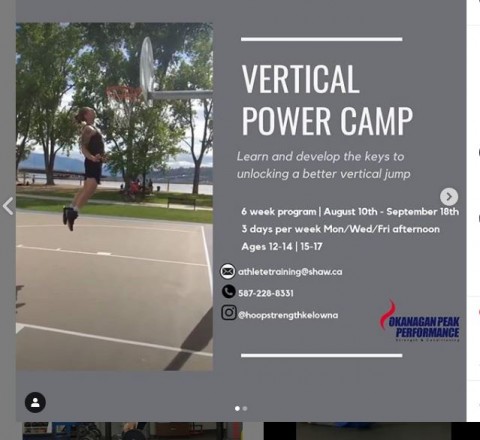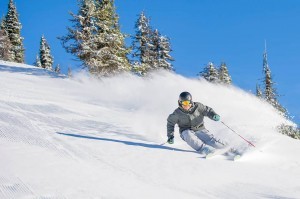Full disclosure...I'm not a very good leaper. I was a swimmer for most of my athletic career. I also played a little basketball and volleyball. And while jumping is a key aspect of most sports it wasn't my forte. Even later in training I was never the best at box jumps. I remember a friend, Chris Lebihan, coming in to the gym one day to train. And the plyo boxes were stacked totalling 54" tall or 4 feet 6 inches. Anyways, a number of young athletes were training. And one of them commented that jumping that high just wasn't possible. Lebs had just walked in the gym in street clothes with his gym bag slung over his shoulder. I called to him and asked him to jump up on the boxes. He dropped his bag off his shoulder and proceeded to jump atop the boxes with ease. He picked up his bag and carried on to the change-room. The young athletes were stunned and speechless. Now to be fair it didn't hurt that Lebs was an Olympic medallist in a power sport i.e. bobsleigh. And it definitely made a huge impact on those young athletes. So besides impressing people in the gym what else is jumping good for? Well, it's an important quality in many team sports. The striker in soccer may need to get up on a corner to head the ball in for a goal. In football, a receiver may need to out jump the defense on a last play Hail Mary. Basketball and volleyball involve constant jumping on every play from a lay up, a dunk or a rebound in the former to a serve, a hit or a block in the latter. When you think about it the highlight plays of most sports involve jumping. This could...
Slow it down to get better
- Chris Collins
- Fitness
- Training
- Injury Prevention
- 1586 Hits
- 0 Comments
-
Last week I had a ski lesson. And it was one of the times when I had an 'aha' moment. During the lesson the instructor, Sander, had me try doing big and small radius carving turns. [caption id="attachment_4577" align="aligncenter" width="300"] Sander showing how it's done. And I noticed something that surprised me. I felt smoother and skied better with small, quick turns than I did with larger turns. This was surprising because I would have thought that adding speed to a movement makes it more technical and thus more difficult. In the case of the turns when I performed small, quick turns there was a natural stretch reflex that flowed from one turn to the next. The momentum initiated the weight transfer, the rolling of the skis, the tall and short stature as well the angulation and inclination necessary to carve the skis. (had to throw in the part about inclination for Greg) If you're not a skier, don't worry. The take home message is that skiing with speed and quicker turns creates a momentum and a flow which makes it easier, for me anyway, to get on the edges of my skis. When I went to larger turns I was staying forward in my boot through the turn. This wasn't allowing the ankle to release and thus was blocking the chain reaction of events that should follow from the release of the ankle i.e. getting taller, realigning the knees, shifting the hips, achieving good angulation and inclination. It's kind of like trying to steer your car with the brakes on (I'm not a car guy, so cut me some slack here). When the brake is pressed through the floor you don't have the same freedom to control the car by steering it. Only once you release the brake can you regain more control...

